How does the durable design of the excavator metal scrap contribute to its longevity?
In the world of heavy machinery and construction, the durability and longevity of equipment components play a crucial role in determining operational efficiency and cost-effectiveness. One such component that demands particular attention is the excavator metal scrap, a vital tool in the demolition and recycling industries. its durability is not just a matter of convenience; it's a fundamental aspect that directly impacts productivity, maintenance costs, and overall project timelines.
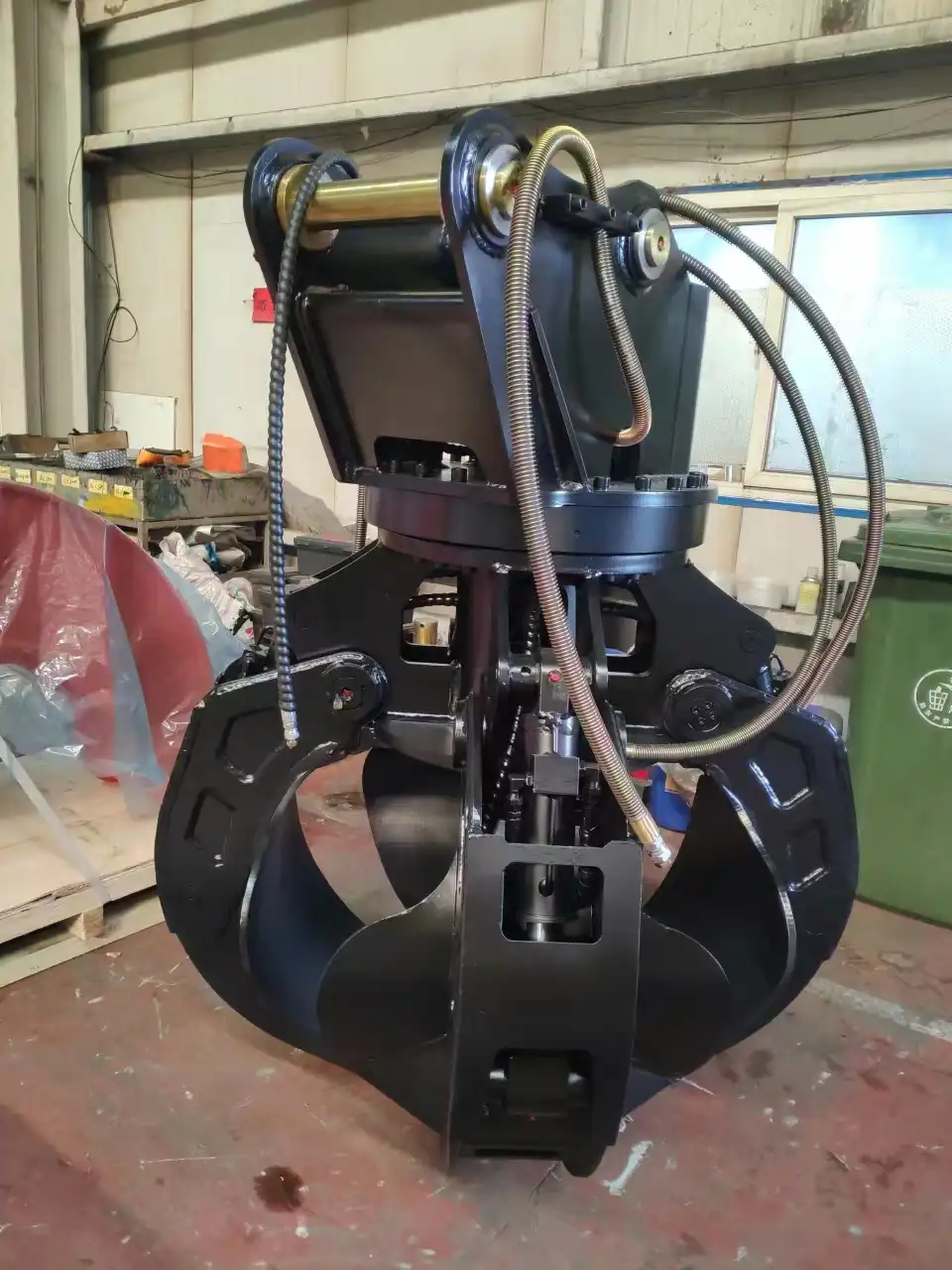
The Foundation of Durability: Materials Used in Excavator Metal Scrap Construction
The longevity of excavator metal scrap begins with the choice of materials used in its construction. Manufacturers prioritize materials that can withstand the harsh conditions and intense pressures associated with heavy-duty scrap handling operations. High-strength manganese steel is often the material of choice for many reputable manufacturers, including Tiannuo Machinery. This alloy is renowned for its exceptional wear resistance and ability to work-harden under impact, making it ideal for applications involving repeated strikes and abrasive contact.
The use of high-strength manganese steel in excavator metal scrap construction offers several advantages:
- Exceptional hardness and toughness, resisting deformation under high stress
- Excellent wear resistance, reducing the need for frequent replacements
- Ability to work-harden, increasing durability with use
- Resistance to impact and abrasion, crucial for handling varied scrap materials
In addition to manganese steel, other high-performance materials may be incorporated into different components of the excavator metal scrap. For instance, hardened steel alloys might be used for cutting edges, while specialized coatings could be applied to surfaces prone to wear. The strategic use of these materials ensures that each part of the excavator metal scrap is optimized for its specific function, contributing to the overall durability and longevity of the tool.
Reinforced Design: Enhancing the Lifespan of Excavator Metal Scrap
While the choice of materials forms the foundation of durability, the design and construction techniques employed play an equally important role in extending the lifespan of excavator metal scrap. Manufacturers like Tiannuo Machinery implement various reinforcement strategies to enhance the structural integrity and performance of their products.
One key aspect of reinforced design is the strategic placement of support structures. These may include:
- Reinforced side plates to distribute stress evenly
- Strengthened pivot points to withstand repetitive movements
- Gussets and braces to provide additional support in high-stress areas
- Thickened wear plates in areas prone to abrasion
The reinforced design not only increases the overall strength of the excavator metal scrap but also helps to distribute forces more evenly across the structure. This even distribution of stress is crucial in preventing localized wear and tear, which can lead to premature failure of components.
Another important aspect of reinforced design is the incorporation of modular components. This approach allows for easier replacement of worn parts without the need to replace the entire unit. For instance, cutting edges and wear plates can be designed as replaceable inserts, significantly extending the overall lifespan of the excavator metal scrap while reducing maintenance costs and downtime.
The hydraulic system, a critical component in the operation of excavator metal scrap, also benefits from reinforced design. High-pressure hoses are protected by durable covers, and hydraulic cylinders are built to withstand the extreme forces involved in scrap handling operations. These reinforcements contribute to the overall durability and reliability of the equipment, ensuring smooth operation even under challenging conditions.
Maintenance Practices: Extending the Durability of Excavator Metal Scrap
While the initial design and construction of excavator metal scrap lay the groundwork for durability, proper maintenance practices are essential for maximizing its lifespan. Regular maintenance not only ensures optimal performance but also helps identify and address potential issues before they escalate into major problems.
Key maintenance practices:
- Regular Inspections: Conducting thorough visual inspections before and after each use can help identify wear, damage, or loose components early on. This proactive approach allows for timely repairs or replacements, preventing more serious damage.
- Proper Lubrication: Ensuring all moving parts are adequately lubricated reduces friction and wear. This is particularly important for pivot points and hydraulic components. Using high-quality lubricants appropriate for the operating conditions can significantly extend the life of these components.
- Hydraulic System Maintenance: Regular checks and maintenance of the hydraulic system, including fluid levels, filters, and hoses, are crucial. Clean hydraulic fluid and properly functioning components contribute to smooth operation and reduced wear on the entire system.
- Wear Part Replacement: Timely replacement of wear parts such as cutting edges and wear plates prevents damage to the main structure of the metal scrap. Adhering to manufacturer recommendations for replacement intervals is essential.
- Proper Operation: Training operators in the correct use of the metal scrap can prevent unnecessary stress on the equipment. This includes avoiding overloading, using the appropriate technique for different materials, and operating within the designed capacity of the tool.
- Storage and Protection: When not in use, proper storage of the metal scrap protects it from environmental factors that could lead to corrosion or damage. This may include using protective covers or storing the equipment in a sheltered area.
Implementing these maintenance practices not only extends the life of the excavator metal scrap but also ensures consistent performance and reduces the likelihood of unexpected breakdowns. This proactive approach to maintenance translates into increased productivity and lower overall operating costs.
Excavator Metal Scrap Supplier
The durability and longevity of excavator metal scrap are the results of a combination of factors, including high-quality materials, reinforced design, and proper maintenance practices. By focusing on these aspects, manufacturers like Tiannuo Machinery are able to produce excavator metal scrap that stands up to the rigorous demands of the demolition and recycling industries.
The excavator metal scrap from Tiannuo Machinery offers versatile hydraulics for precise control in any operation, ensuring smooth and accurate handling of metal scraps. It features a durable design, constructed with high-strength manganese steel, which provides long-lasting reliability and resistance to wear and tear. The user-friendly controls make it easy to operate for extended periods, reducing operator fatigue. Available in customizable sizes, it fits excavators ranging from 6 to 24 tons, making it a versatile choice for various applications.
If you are choosing your excavator metal scrap manufacturer, please feel free to reach out to our manager at arm@stnd-machinery.com and the team at rich@stnd-machinery.com and tn@stnd-machinery.com. Our team of experts is ready to assist you in finding the perfect excavator metal scrap solution for your specific needs, ensuring you benefit from the durability, efficiency, and reliability that Tiannuo Machinery is known for.
References:
- Lindroos, M., Apostol, M., Heino, V., Valtonen, K., Laukkanen, A., Holmberg, K., & Kuokkala, V. T. (2015). The deformation, strain hardening, and wear behavior of chromium-alloyed Hadfield steel in abrasive and impact conditions. Tribology Letters, 57(3), 24.
- Zum Gahr, K. H. (1987). Microstructure and wear of materials (Vol. 10). Elsevier.
- Ashby, M. F., & Jones, D. R. H. (2012). Engineering materials 1: an introduction to properties, applications and design (Vol. 1). Elsevier.
- Totten, G. E. (Ed.). (2011). Handbook of hydraulic fluid technology. CRC Press.
- Dhillon, B. S. (2002). Engineering maintenance: a modern approach. CRC Press.
- Mobley, R. K. (2002). An introduction to predictive maintenance. Elsevier.
YOU MAY LIKE
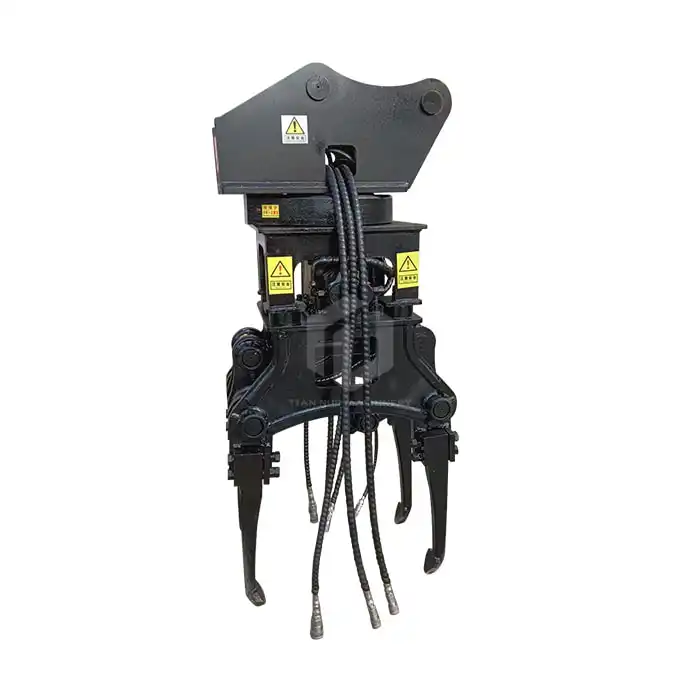 VIEW MOREHigh-vibration hydraulic ballast tamping machine
VIEW MOREHigh-vibration hydraulic ballast tamping machine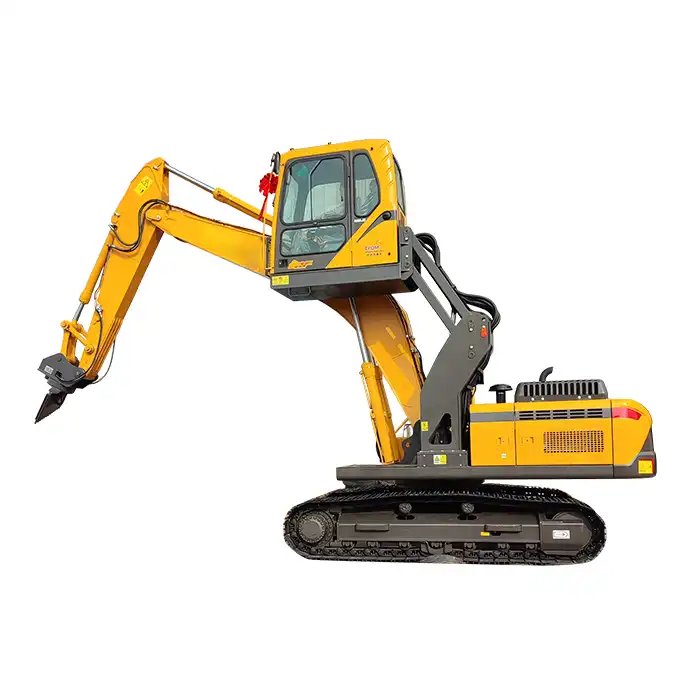 VIEW MOREExcavator Lift Cab
VIEW MOREExcavator Lift Cab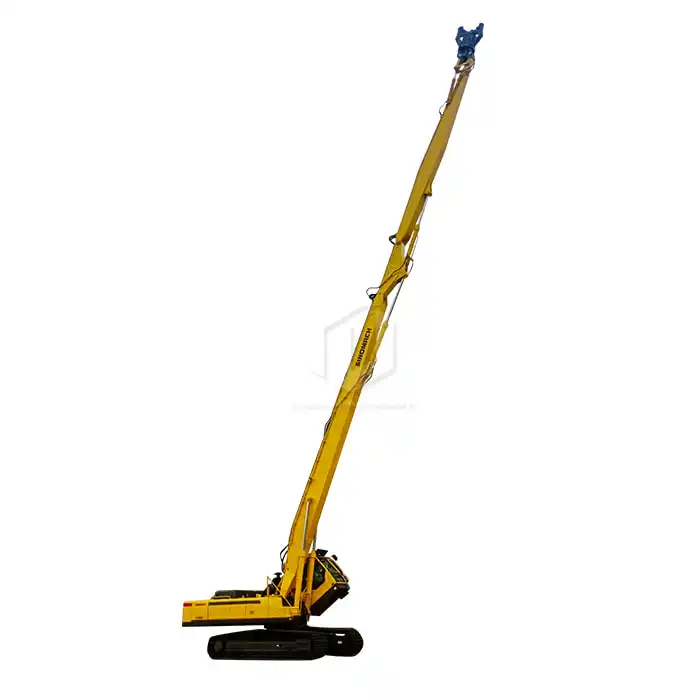 VIEW MOREExcavator High Reach Demolition Arm
VIEW MOREExcavator High Reach Demolition Arm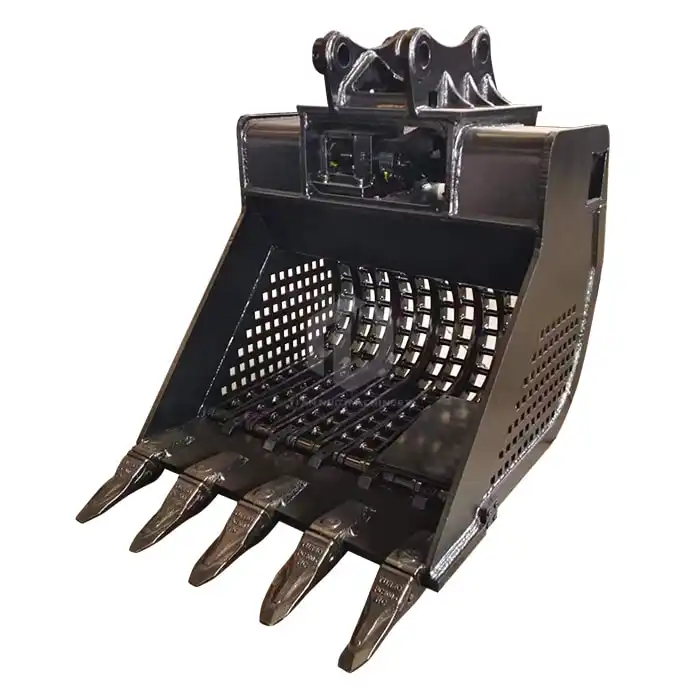 VIEW MOREExcavator High Frequency Screening Bucket
VIEW MOREExcavator High Frequency Screening Bucket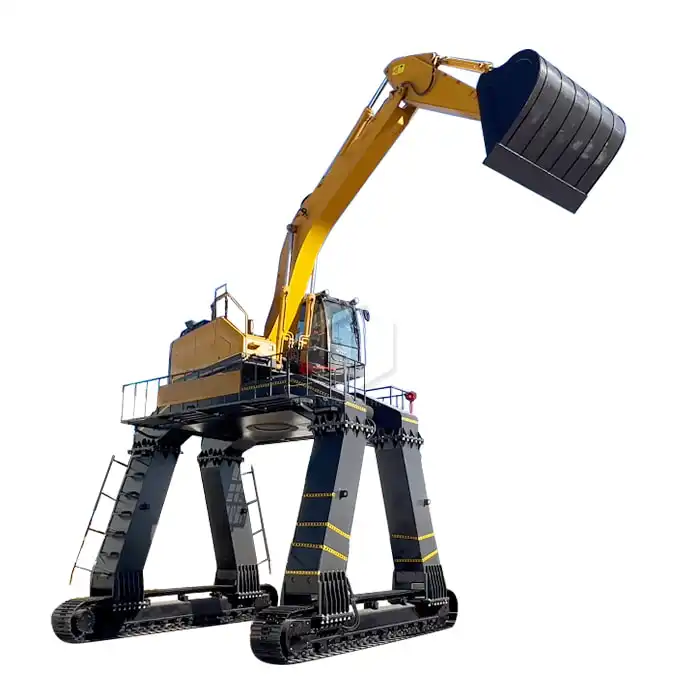 VIEW MOREUnloading Train Excavator Long Legs
VIEW MOREUnloading Train Excavator Long Legs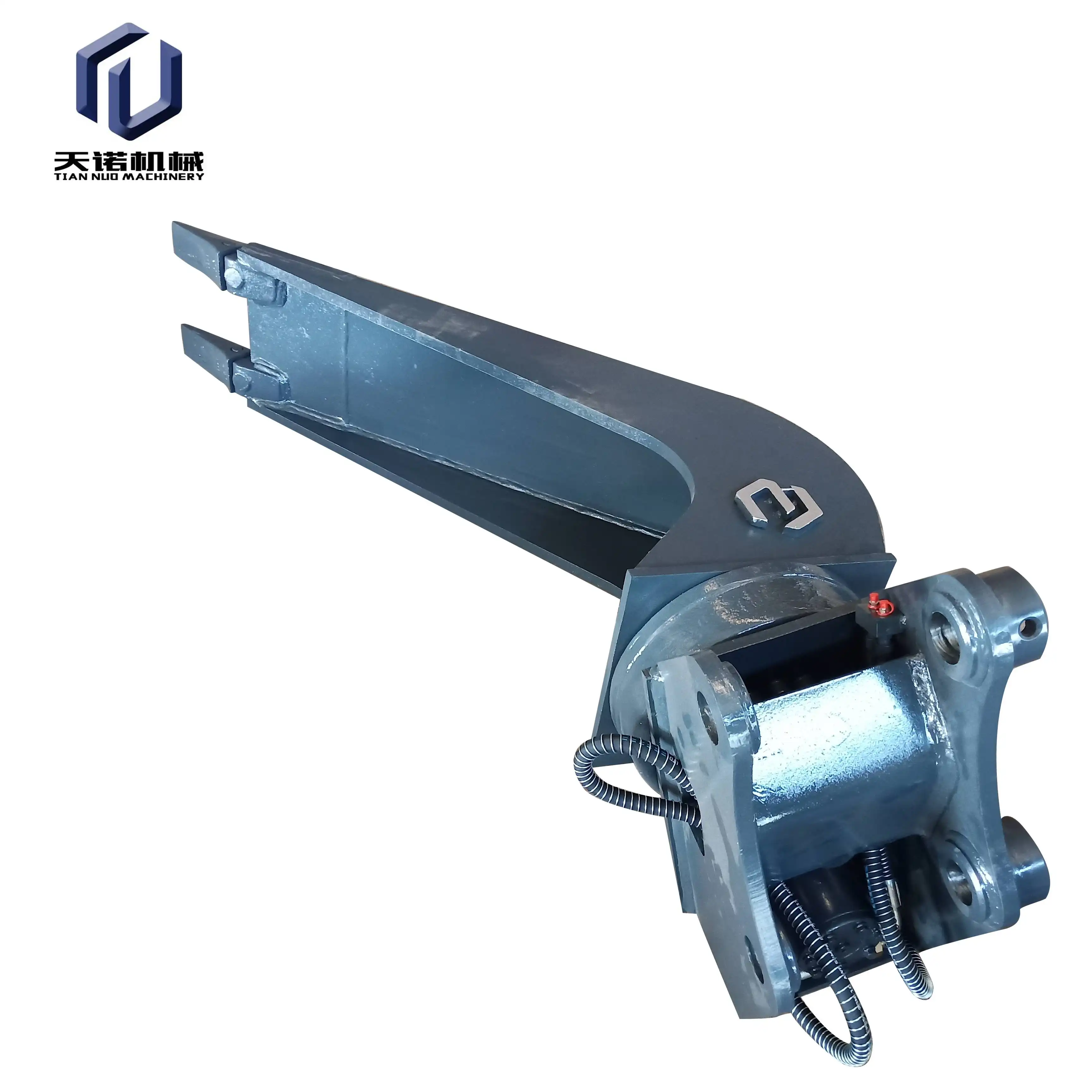 VIEW MOREExcavator ballast cleaning hopper
VIEW MOREExcavator ballast cleaning hopper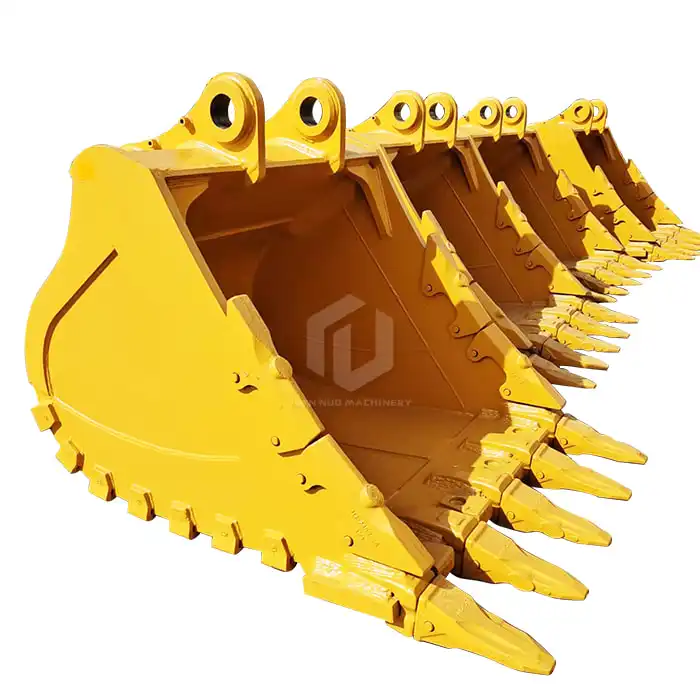 VIEW MOREExcavator Rock Bucket
VIEW MOREExcavator Rock Bucket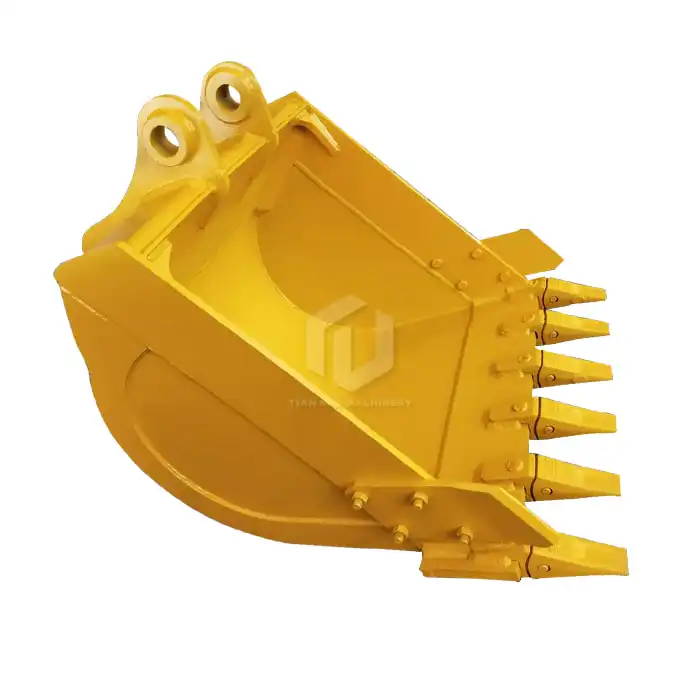 VIEW MOREExcavator Bucket
VIEW MOREExcavator Bucket

